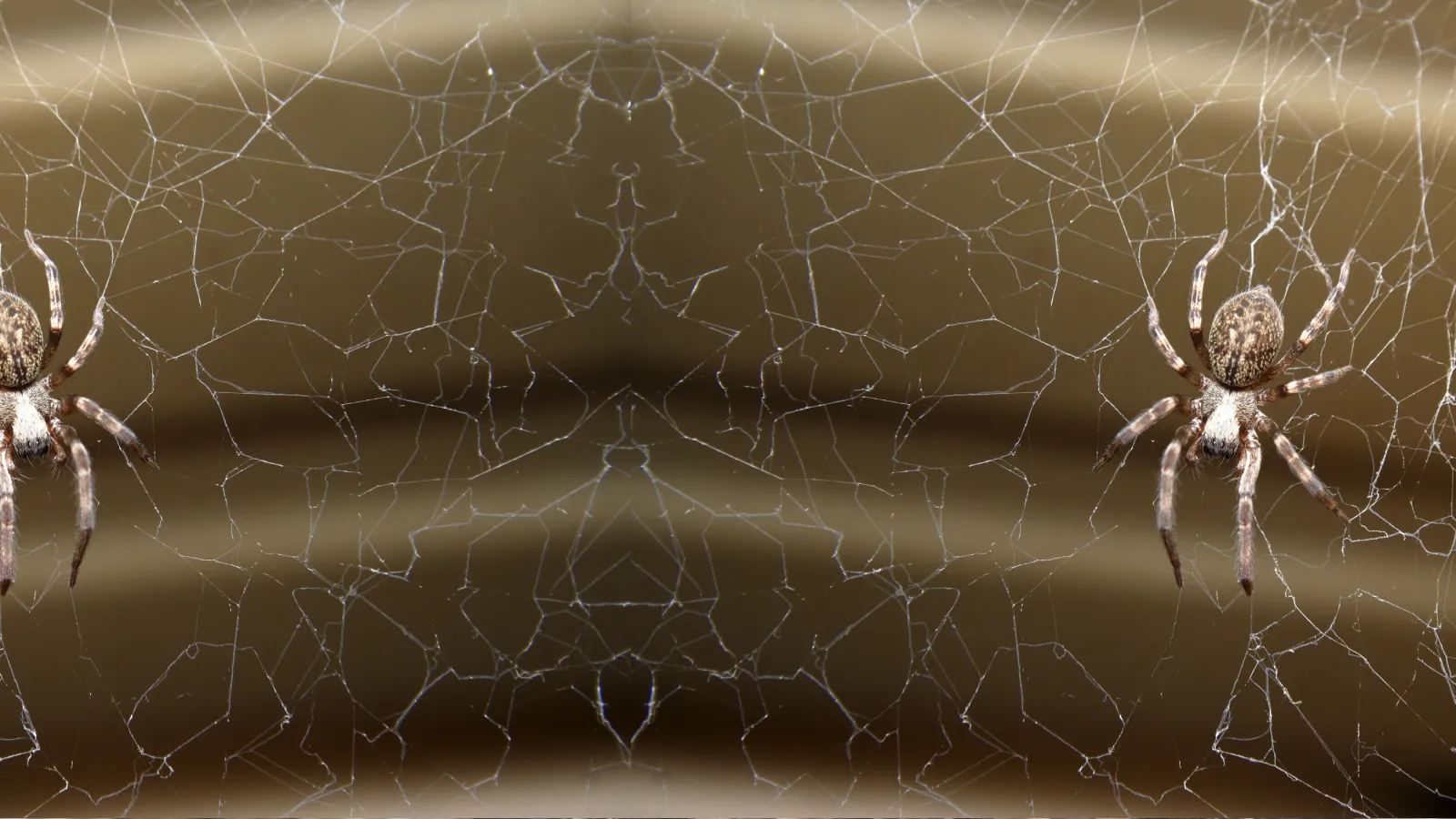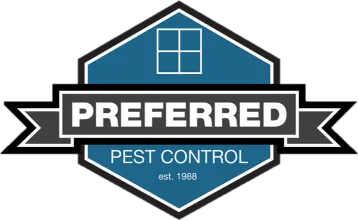
Spiders
Scientific Order: Araneae
Southern House Spider (Kukulcania hibernalis) is a common species found in Savannah, often mistaken for the venomous brown recluse due to the slender appearance of males. These spiders exhibit strong sexual dimorphism, with males being thinner and more mobile while females are larger and darker in color, ranging from deep brown to black. The females construct funnel-like webs around crevices and remain stationary, whereas males wander in search of mates, sometimes entering homes. Despite their intimidating appearance, Southern House Spiders are harmless to humans and contribute to controlling insect populations.
The Common House Spider (Parasteatoda tepidariorum) is another frequent resident of homes in the Savannah area. These small spiders range in color from tan to nearly black, often displaying patterns of varying shades on their bodies. Females typically measure between 5 to 8 mm in length. They build irregular, tangled webs in corners, basements, and other undisturbed areas inside buildings. While their presence may be unsettling to some homeowners, they are non-aggressive and pose no threat to humans.
Brown Widow Spiders (Latrodectus geometricus) are easily recognized by the orange or red hourglass marking on the underside of their abdomen. Unlike the black widow, they have a brown body with black patterns and may also exhibit a mottled appearance. These spiders prefer secluded areas such as under eaves, inside old tires, and in garages, where they construct their webs. Though their venom is less potent than that of black widows, it can still cause discomfort and should be treated with caution.
The Black Widow Spider (Latrodectus mactans) is one of the most notorious spiders found in Savannah. With its glossy black body and distinctive red hourglass marking on the abdomen, it is often found in dark, undisturbed areas such as basements, crawl spaces, and garages. Black widows are reclusive and will only bite if threatened, but their venom is highly potent, potentially causing severe pain, muscle cramps, and other systemic effects. Immediate medical attention is advised if bitten.
Brown Recluse Spiders (Loxosceles reclusa) are another medically significant species in the region. These spiders are light to dark brown and are distinguished by a violin-shaped marking on their cephalothorax. They prefer undisturbed locations such as closets, attics, and basements, where they hunt at night rather than relying on webs. Their bites can result in necrotic skin lesions and other severe reactions, making it important to exercise caution when reaching into dark, undisturbed areas.
Cellar Spiders (Pholcidae family), commonly known as daddy longlegs, are frequently found in basements, crawl spaces, and damp areas of homes. These spiders have extremely long, slender legs and small bodies. Despite their delicate appearance, they are effective predators of other household pests, including more dangerous spiders. They are harmless to humans and can even contribute to natural pest control inside homes.
The Joro Spider (Trichonephila clavata) is a recent arrival in the Southeastern United States, originally from East Asia. It is a large, strikingly colorful spider with bright yellow and grayish-black patterns on its body. Joro spiders are often found in gardens, around homes, and in wooded areas, where they spin large, golden webs. While their growing presence has caused concern among residents, they are not aggressive and do not pose a direct threat to humans. Instead, they play a role in controlling insect populations in the region.
For more information or to request a free pest inspection, contact Preferred Pest Control today for the best pest control plan for you!
